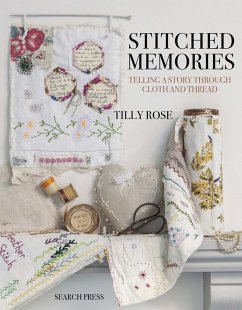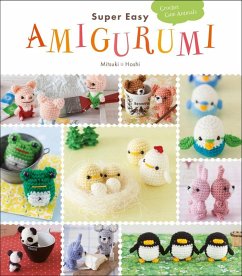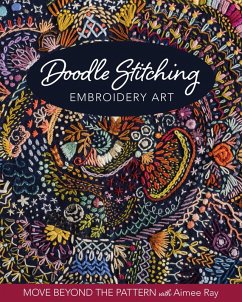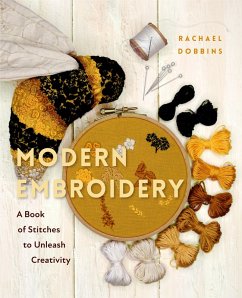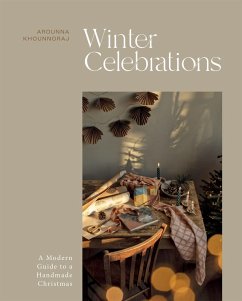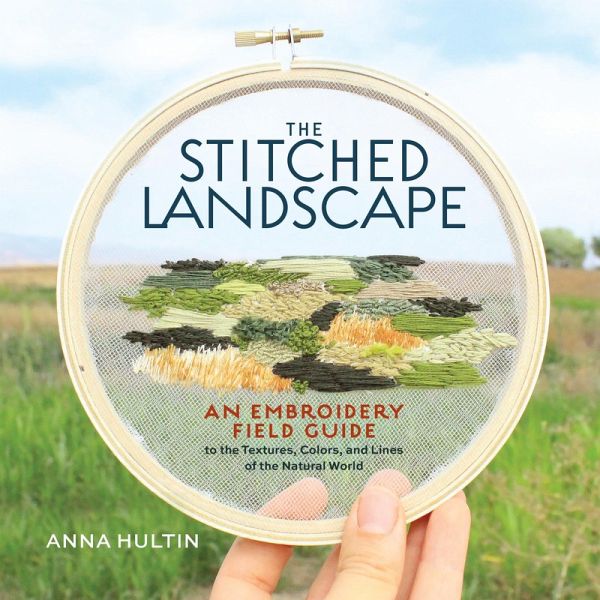
The Stitched Landscape (eBook, ePUB)
An Embroidery Field Guide to the Textures, Colors, and Lines of the Natural World
Versandkostenfrei!
Sofort per Download lieferbar
16,99 €
inkl. MwSt.
Weitere Ausgaben:

PAYBACK Punkte
0 °P sammeln!
Observe and embroider the natural world with this inspiring guide to nature journaling with a needle and thread. Transform your appreciation of nature into unique works of art by stitching embroidered landscapes! Artist Anna Hultin's step-by-step projects blend traditional embroidery skills with experimental techniques that draw inspiration from the lines, patterns, and textures of the natural world. Learn how to embroider flowers, plants, and trees using a few basic stitches, discover new techniques for a variety of non-traditional materials and methods like painting on fabric with watercolor...
Observe and embroider the natural world with this inspiring guide to nature journaling with a needle and thread. Transform your appreciation of nature into unique works of art by stitching embroidered landscapes! Artist Anna Hultin's step-by-step projects blend traditional embroidery skills with experimental techniques that draw inspiration from the lines, patterns, and textures of the natural world. Learn how to embroider flowers, plants, and trees using a few basic stitches, discover new techniques for a variety of non-traditional materials and methods like painting on fabric with watercolors, collaging with fabrics to create depth, and stitching with raw wool, and learn how to compose these elements into an original scene based on your own nature observations. This publication conforms to the EPUB Accessibility specification at WCAG 2.0 Level AA.
Dieser Download kann aus rechtlichen Gründen nur mit Rechnungsadresse in A, B, BG, CY, CZ, D, DK, EW, E, FIN, F, GR, HR, H, IRL, I, LT, L, LR, M, NL, PL, P, R, S, SLO, SK ausgeliefert werden.






